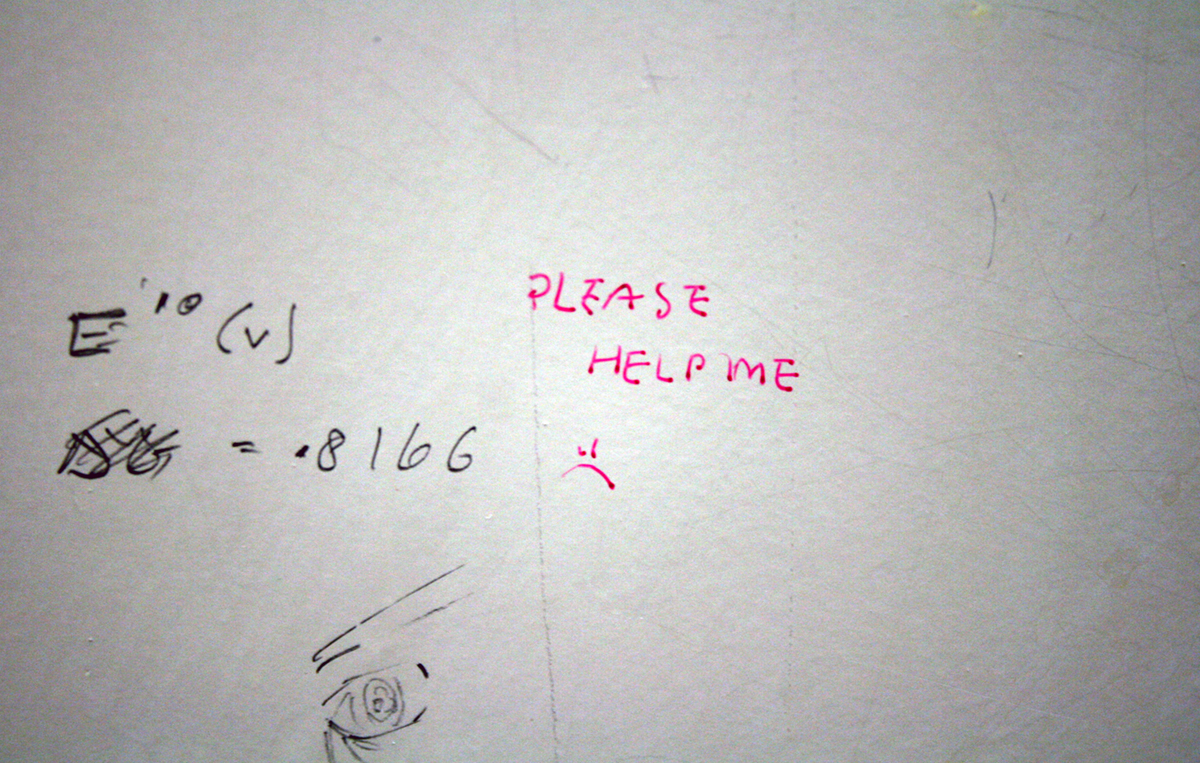
Dyscalculia is a specific learning disability in mathematics. This condition refers to a wide range of lifelong learning disabilities involving math and numerals. The condition generally varies from person to person and may affect people at different stages of life. However, the condition is the most obvious during the school years, where the complex math operations are among the daily challenges. Some people may have troubles with math because of the already present visual-spatial difficulties. This actually means that a person can have troubles in processing the visual information. Others, however, may be unable to solve mathematical problems because of the language processing difficulties, and underlying problems to interpret the additive information. The important thing to remember is that dyscalculia affects people of different intellectual ranges. Even the smartest people may suffer from math disability that has nothing to do with their IQ.
Signs and symptoms of dyscalculia
It takes a lot of knowledge and understanding to distinguish among the persons who have learning disabilities and regular math problems. Signs and symptoms of dyscalculia may even differ in various age groups.
Young children, before the school age, may express difficulty to count or link the notion of a number with its factual existence. For example, a child may find it difficult to comprehend in which way the number 2 relates to two flowers. Moreover, child will have problems to recognize printed numerals and to memorize them. Another possible indicator is trouble with organizing things in a logical way. For example, this child will try to put square objects in a place appropriate for triangular objects.
In school children, troubles with dyscalculia are more evident. These children have problems to learn and understand simple math operations. Their problem solving skills are typically undeveloped, and they normally avoid any activity that requires strategy. They do not recognize the math symbols and functions and express difficulty measuring things.
In teenagers and adults, dyscalculia manifests in difficulty to estimate costs, to budget and balance a checkbook, troubles with concepts of time, and difficulty to find different approaches to one problem.
Causes and treatment
Dyscalculia is possibly caused by deficits in working memory or different neurological problems affecting the lesions of the supramarginal and angular gyri in brain.
Treatment first involves identifying the weaknesses and establishing strategies that will help the affected person to learn more effectively. Different methods of treatment involve using a paper graph, working on different approach to math facts, practicing to estimate a way to begin solving math problems, encouraging students to ask questions and providing a work environment with few distractions.

















Your thoughts on this
Loading...